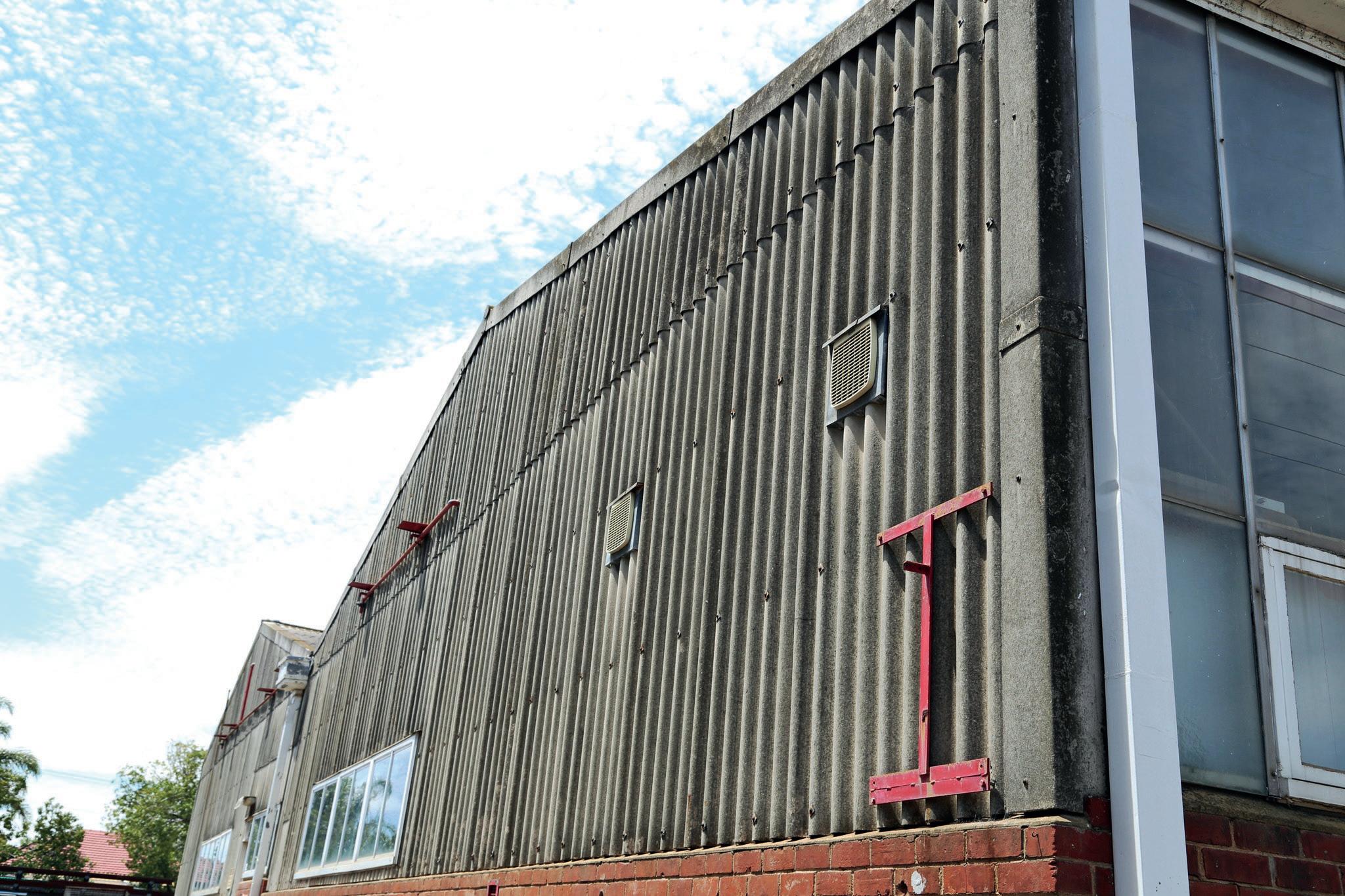
1 minute read
The deadly legacy of asbestos
Waste is an unavoidable component of construction, yet many professionals in the field are still neglectful of hazardous waste materials. The risks of asbestos in particular have been known for decades, and the Asbestos Education Committee wants the entire industry to be aware of its dangers.
Despite asbestos being banned in Australian commercial and non-residential properties since the 1980’s, asbestos-containing materials (ACMs) continued to be used in multiple locations in the non-residential built environment until the end of 2003. With a wide range of ‘legacy’ ACMs remaining in a significant number of properties, it’s not only a legal obligation for people to manage and dispose of asbestos safely; it may well save their lives.
Clare Collins, Chair of the Asbestos Education Committee (AEC), Director of the annual National Asbestos Awareness Month Campaign and of asbestosawareness.com.au says currently around 4,000 Australians die annually from preventable asbestos-related diseases. These include mesothelioma, lung cancer and asbestosis and are a result of exposure to asbestos fibres in past decades.
“The AEC was founded to help prevent today’s workers from becoming tomorrow’s deadly statistics by increasing awareness of the dangers of asbestos and providing a wide range of practical resources,” says Collins.
“Developed in association with industry experts and government regulators, all AEC resources are free to download from asbestosawareness.com.au.”
Asbestos can be located anywhere in commercial and non-residential properties built prior to 2004 – including in the more











